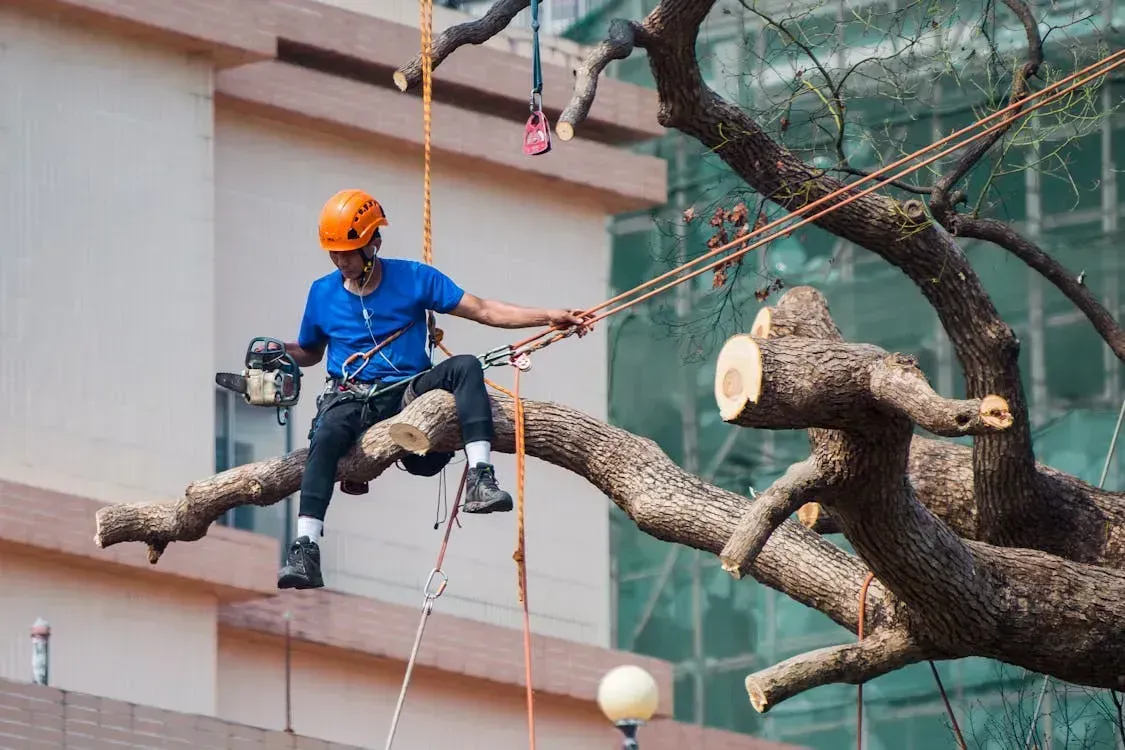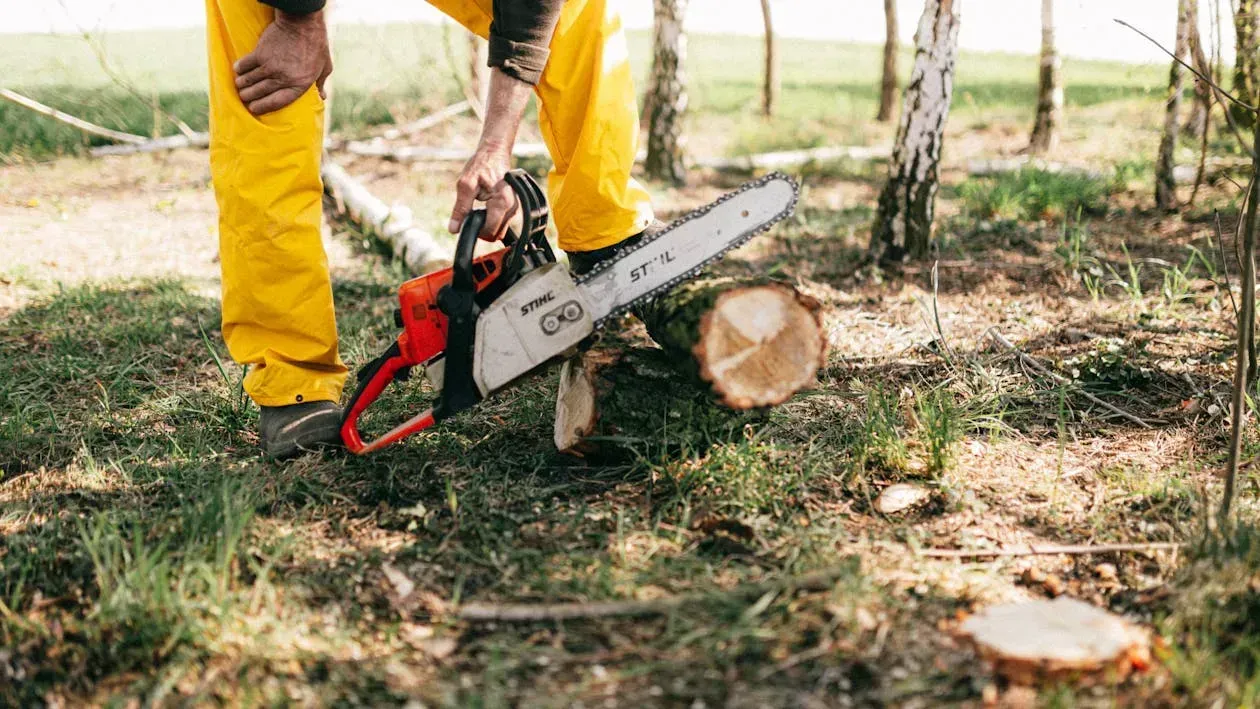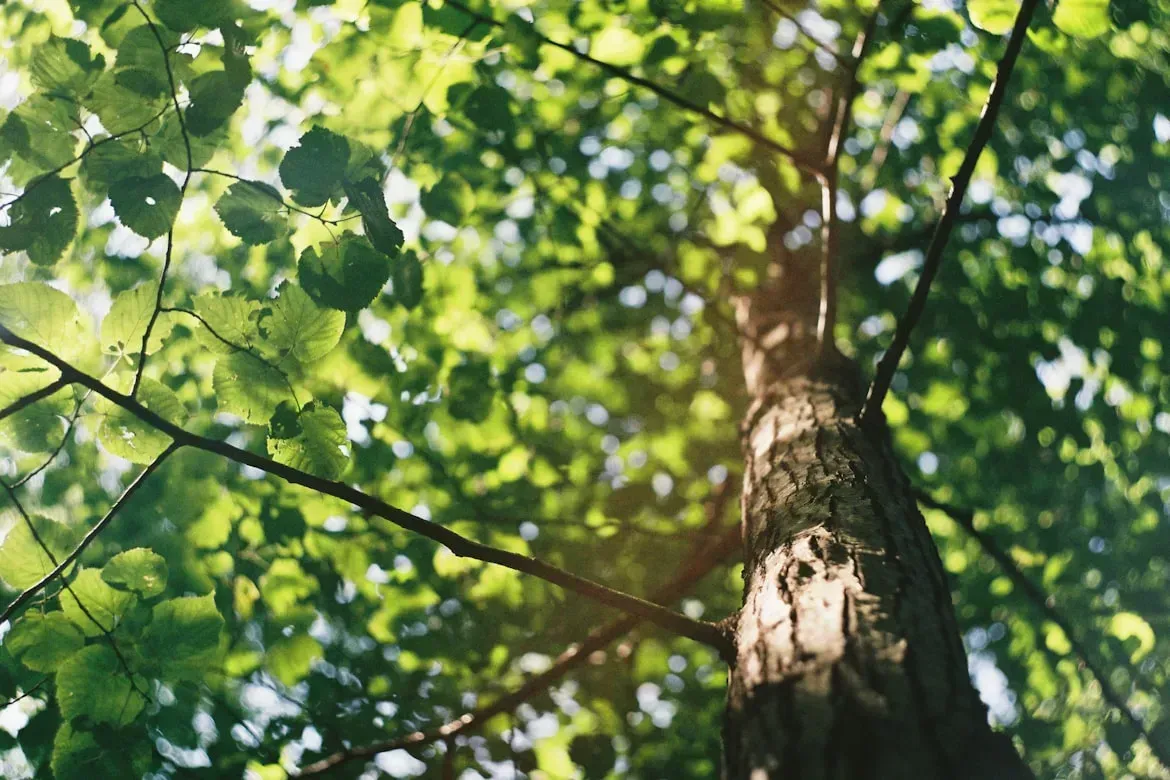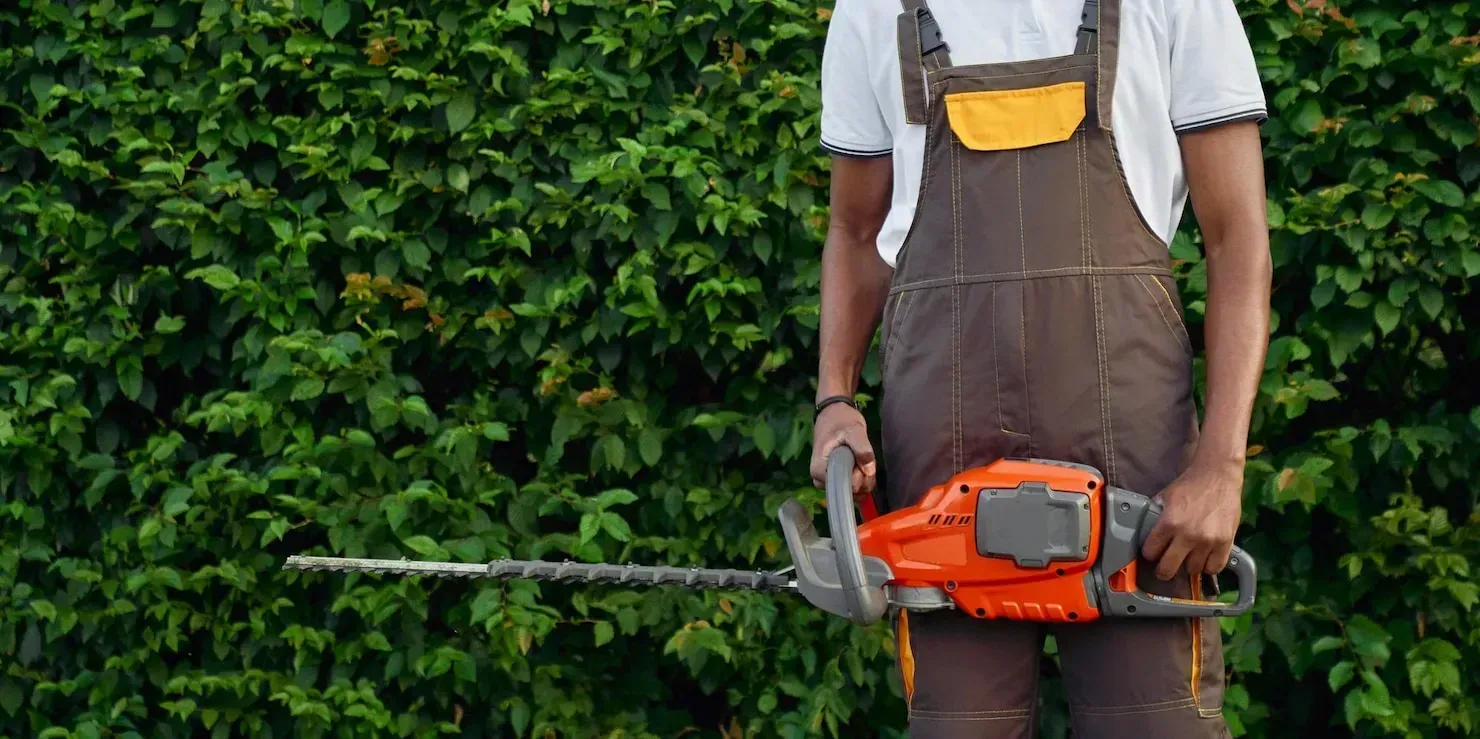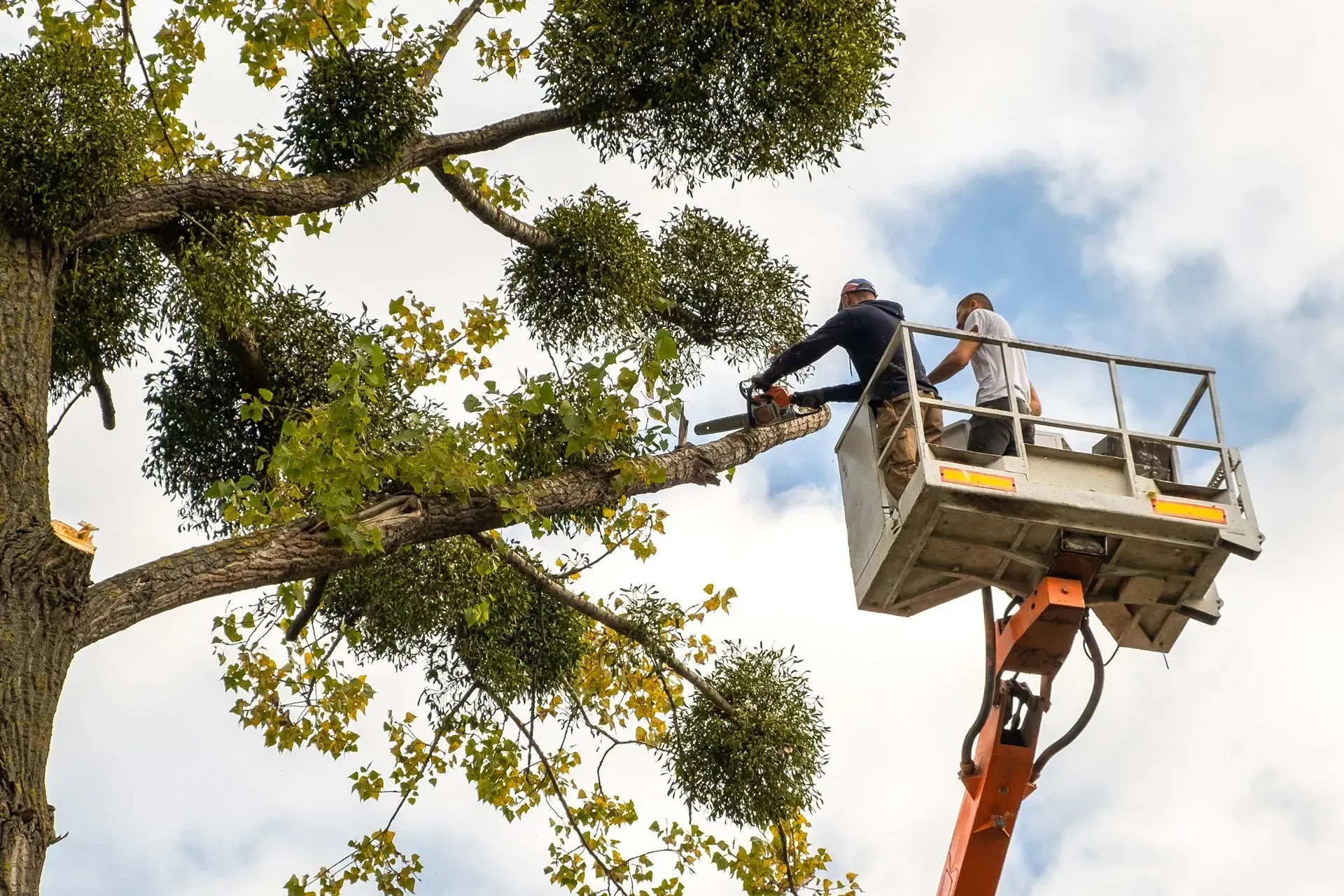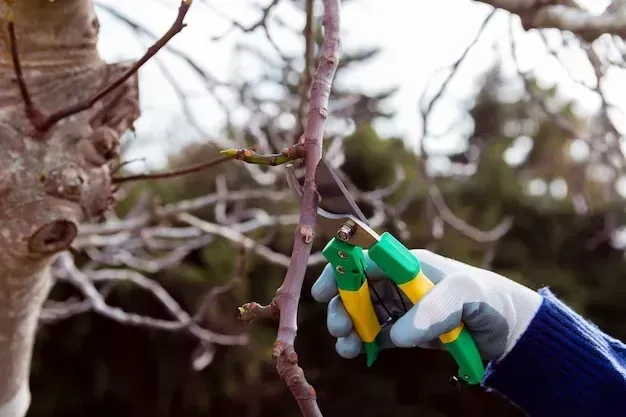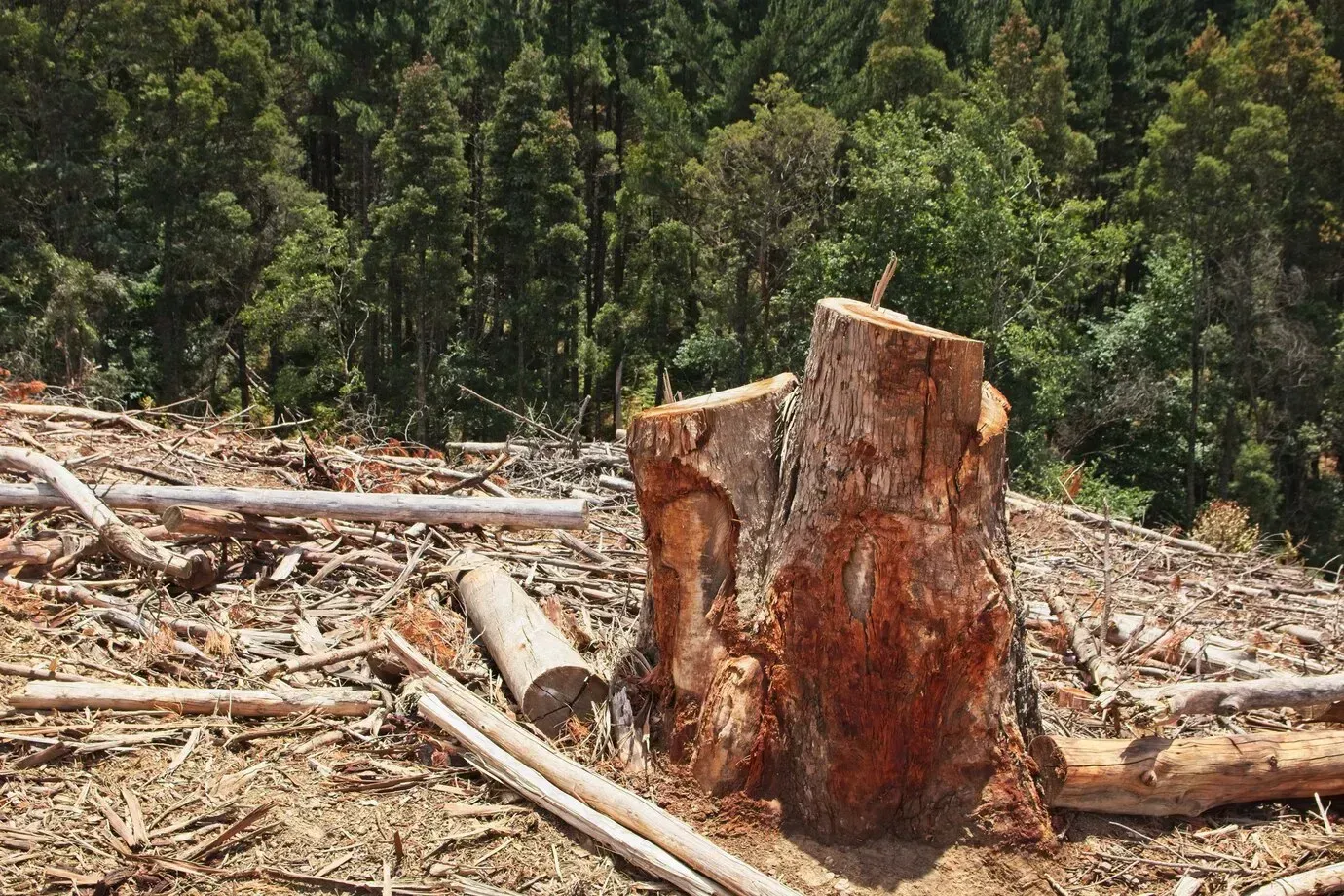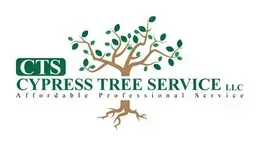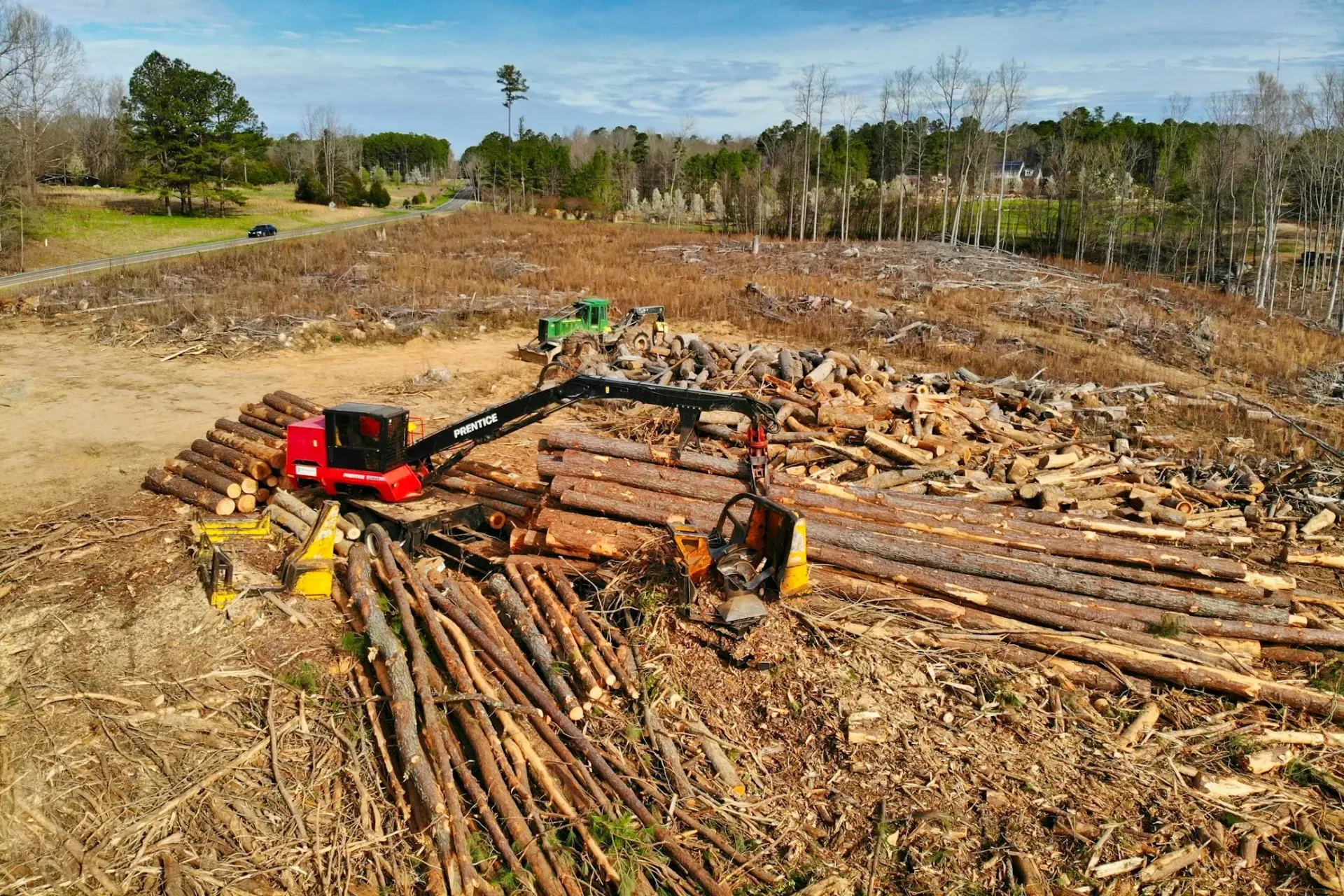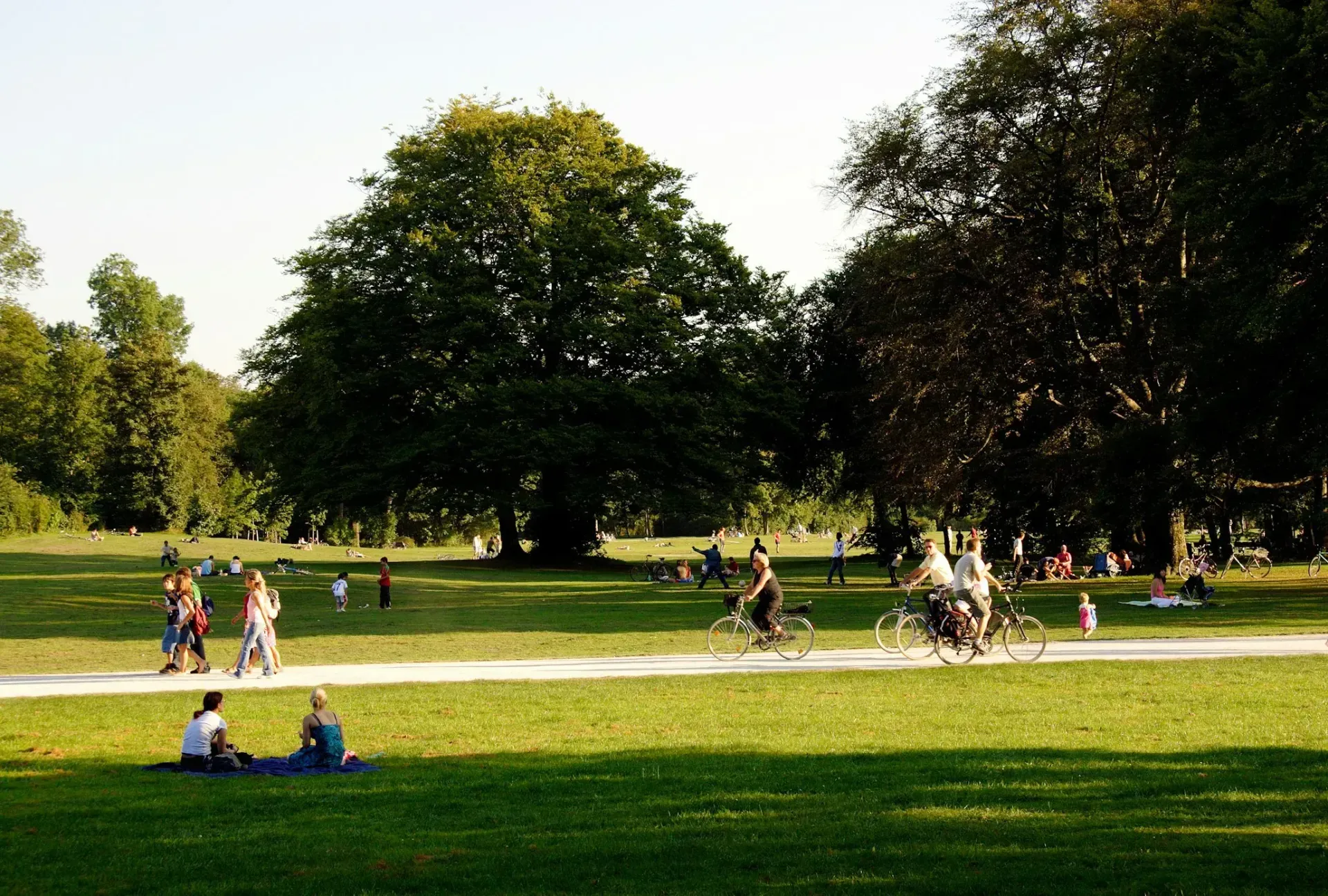DIY vs. Professional Tree Removal: Making the Right Choice
Have you ever looked at a tree on your property and wondered whether it's time for it to go? Maybe it's old, perhaps it's dangerously leaning towards your house, or it could be diseased.
Deciding between removing a tree yourself or hiring a professional? It boils down to your safety, the tree's size, and legal requirements. This blog unpacks both paths to help you choose wisely.
We promise a thorough exploration, offering clarity and confidence in your decision-making process. From assessing risks to navigating local laws, we'll guide you through every step, ensuring you're well-equipped to make the best choice for your situation.
Understanding Tree Removal
The first step in the tree removal process is assessing the tree's condition. Is it diseased, dead, or posing a danger to structures or people? Sometimes, a tree might just need pruning instead of complete removal. Knowing the difference is vital. For those leaning towards DIY, remember: evaluating a tree’s health and stability requires a bit of know-how. If you're unsure, consulting with a certified tree experts can save you from making a costly mistake.
Whether you're considering the DIY route or thinking about professional help, remember the key factors: safety, legality, and the tree's health. Armed with this knowledge, you're better positioned to make a decision that not only benefits you but also respects the environment and your community.
DIY Tree Removal: What You Need to Know
Embarking on a DIY tree removal? It's crucial to understand the stakes. Safety first, always. Before you start, assess if the tree is small or medium-sized—these are generally considered manageable for a keen DIYer. Large or closely positioned trees to structures demand professional expertise.
Preparation is Key
Gather the right tools. A chainsaw, safety goggles, gloves, and perhaps most importantly, a solid plan. Know your tree's fall path and ensure it's clear of obstructions and valuables. Underestimating the importance of preparation and safety gear is a common pitfall.
The Step-by-Step Guide
- Assess the Tree: Identify the lean of the tree to predict its natural fall path.
- Safety Zone: Establish a clear escape route, opposite the fall direction.
- Cutting Techniques: Learn the basics of notch cutting and the back cut. These cuts will determine the direction of the tree's fall.
- The Final Check: Before making the final cut, double-check the tree’s lean, your equipment, and your escape route.
Risks and Challenges
The unpredictability of tree removal can't be overstressed. Even with all precautions, things can go awry—branches might fall unpredictably, or the tree could kick back. Recognizing these risks is not about scaring you off but ensuring you’re prepared and respectful of the process.
Hiring a Professional Tree Removal Service
When the task at hand overshadows your DIY capabilities, turning to a professional tree removal service is not just wise—it's necessary. The benefits are clear: safety, efficiency, and peace of mind. But how do you ensure you're picking the right team for the job?
Finding the Right Service
- Look for Certifications and Insurance: An accredited service with proper insurance is non-negotiable. This safeguards you against potential liabilities.
- Check Reviews and References: Past customer experiences can offer invaluable insights into the service's reliability and quality.
- Get Multiple Quotes: This helps you understand the pricing landscape. Be wary of quotes that seem too good to be true—they often are.
The Benefits
- Safety First: Professionals come equipped with the tools, knowledge, and techniques to remove trees safely.
- Efficiency: With years of experience, professionals can complete the job in a fraction of the time it might take you.
- Comprehensive Service: From assessment to post-removal cleanup, a reputable service handles it all, including dealing with the legalities and paperwork, if any.
Cost Considerations
Understandably, cost is a major deciding factor for many homeowners. While professional services do come with a price tag, consider it an investment in safety and efficiency. Moreover, getting quotes from several companies allows you to find a service that offers value for money without compromising on quality.
Legal and Environmental Considerations
Tree removal isn't just about cutting down a tree. It's wrapped in a web of legalities and environmental impacts that need careful navigation. Before you make a move, understanding these aspects is crucial to ensure you're not only acting lawfully but also responsibly towards the environment.
Navigating Local Regulations
- Permits: Many areas require a permit before you can remove a tree, especially if it's of a certain size or species.
- Protected Species: Some trees are protected due to their age, species, or significance to the ecosystem. Removing these without authorization can lead to hefty fines.
- Property Lines: Ensure the tree is on your property. Removing a tree on communal or neighboring land without consent can lead to disputes or legal action.
Mitigating Environmental Impact
- Consider the Ecosystem: Trees play a crucial role in their ecosystems. Consider whether removal is the only option or if pruning could suffice.
- Replanting: If removal is necessary, think about replanting a tree in a more suitable location as a way to contribute back to the environment.
Why Checking Matters
Skipping the due diligence on these matters can not only lead to legal repercussions but also negatively impact your local ecosystem and community relations. Taking the time to research and comply with local regulations reflects a commitment to responsible stewardship of your property.
Frequently Asked Questions
1. What's the best time of year to remove a tree?
The best time to remove a tree largely depends on the reason for its removal and the tree species. Generally, winter, when trees are dormant, is considered optimal for removal as it minimizes stress on the tree and surrounding vegetation.
2. How can I tell if a tree is diseased beyond recovery?
Signs a tree might be beyond recovery include extensive deadwood, signs of fungal growth, cracks in the trunk, and leaves that are discolored, wilted, or prematurely falling. Consulting with an arborist can give you a definitive answer.
3. Can I keep the wood from my tree removal?
Yes, most tree removal services allow you to keep the wood, which can be used for firewood, furniture, or other projects. Ensure this is discussed and agreed upon with the service beforehand.
4. How long does it typically take to remove a tree?
The time it takes to remove a tree can vary widely depending on its size, type, location, and the complexity of the job. Smaller trees might be removed in a few hours, while larger projects could take a full day or more.
5. Will tree removal damage my lawn or garden?
Professional tree removal services aim to minimize impact on your property. However, heavy equipment and the process of removing a large tree can sometimes lead to temporary lawn or garden damage. Discuss protection measures with your service provider.
Conclusion
Choosing between DIY and professional tree removal comes down to a blend of personal capability, safety considerations, legal requirements, and environmental impact. We've explored the intricate dance of assessing tree health, the nuts and bolts of safely removing a tree yourself, and the undeniable benefits of hiring a professional service. Each path has its merits and challenges, with safety as the non-negotiable cornerstone.
Looking for top-notch tree care services in Sparta, Newton, Andover, Hopatcong, or Jefferson? Look no further than Cypress Tree Service! Whether you need expert tree removal, meticulous trimming/pruning, or efficient storm damage cleanup, we've got you covered.
Our services, including stump grinding, lot clearing, crane-assisted tree removal, and brush removal, are designed to meet all your needs with precision and professionalism.
Don't wait until it's too late—secure the health and beauty of your landscape today with Cypress Tree Service. Contact us now to schedule your service!
